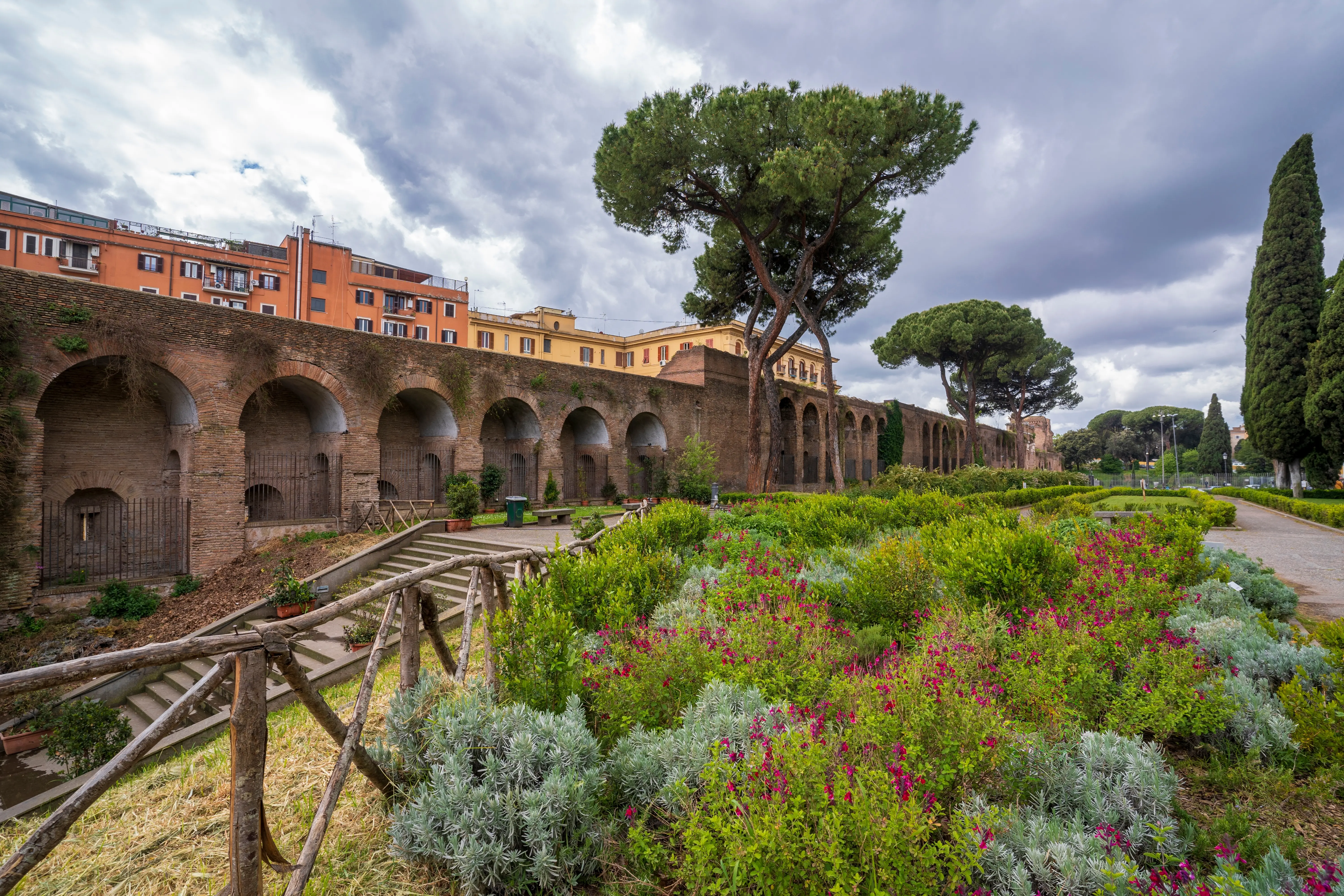Ciao my friends! If you’ve wandered through Rome and suddenly found yourself face-to-face with a towering brick structure, chances are you’ve encountered part of the city’s ancient defensive walls. These aren’t just old stones, they’re silent sentinels of Rome’s past, still standing centuries after their emperors have faded into legend.
The walls of Rome are more than just remnants of military might. They frame the city’s layered history, dividing eras and stories as surely as they once divided urban from rural, citizen from stranger. And for travelers like us, they offer a quiet, powerful window into a Rome beyond the piazzas and palazzi.
🧱 A Tale of Two Walls: Servian and Aurelian
The Servian Wall
The oldest defensive structure in Rome, the Servian Wall dates back to the early 4th century BCE. Built after a devastating Gaulish invasion around 390 BCE, it was constructed of volcanic tufa stone and once encircled the early city’s seven hills. While only fragments remain today (one of the best preserved sections can be seen near Termini Station), this wall marked the beginning of Rome’s ambition to enclose and protect its growing power.
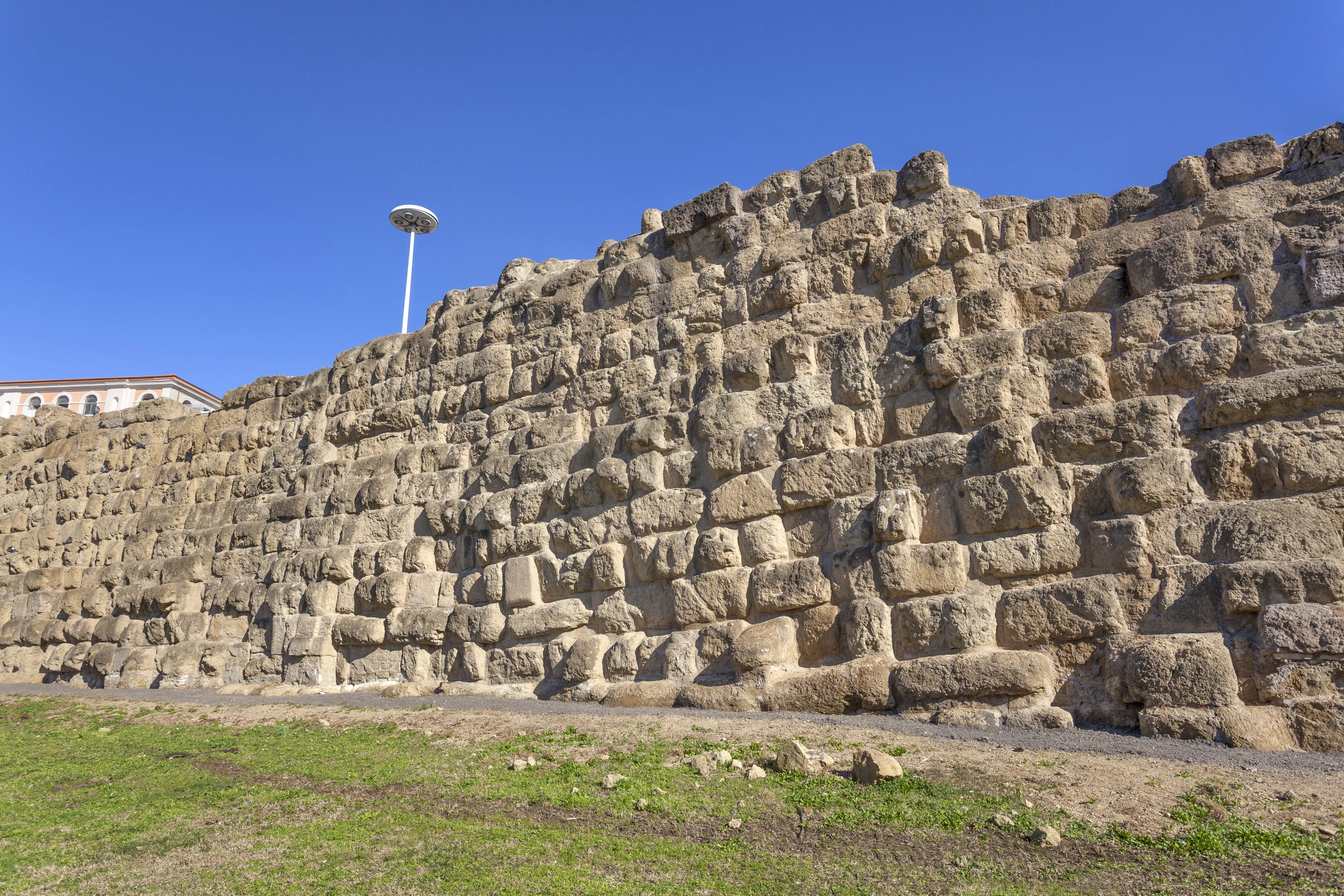
The Aurelian Wall
Fast forward to the 3rd century CE. As the empire faced new external threats, Emperor Aurelian ordered the construction of a much larger, stronger wall — what we now know as the Aurelian Wall. Stretching over 19 kilometers, it enclosed not just the seven hills but also the bustling suburbs that had grown beyond them. This wall is what most visitors unknowingly spot around the edges of the historic center today.
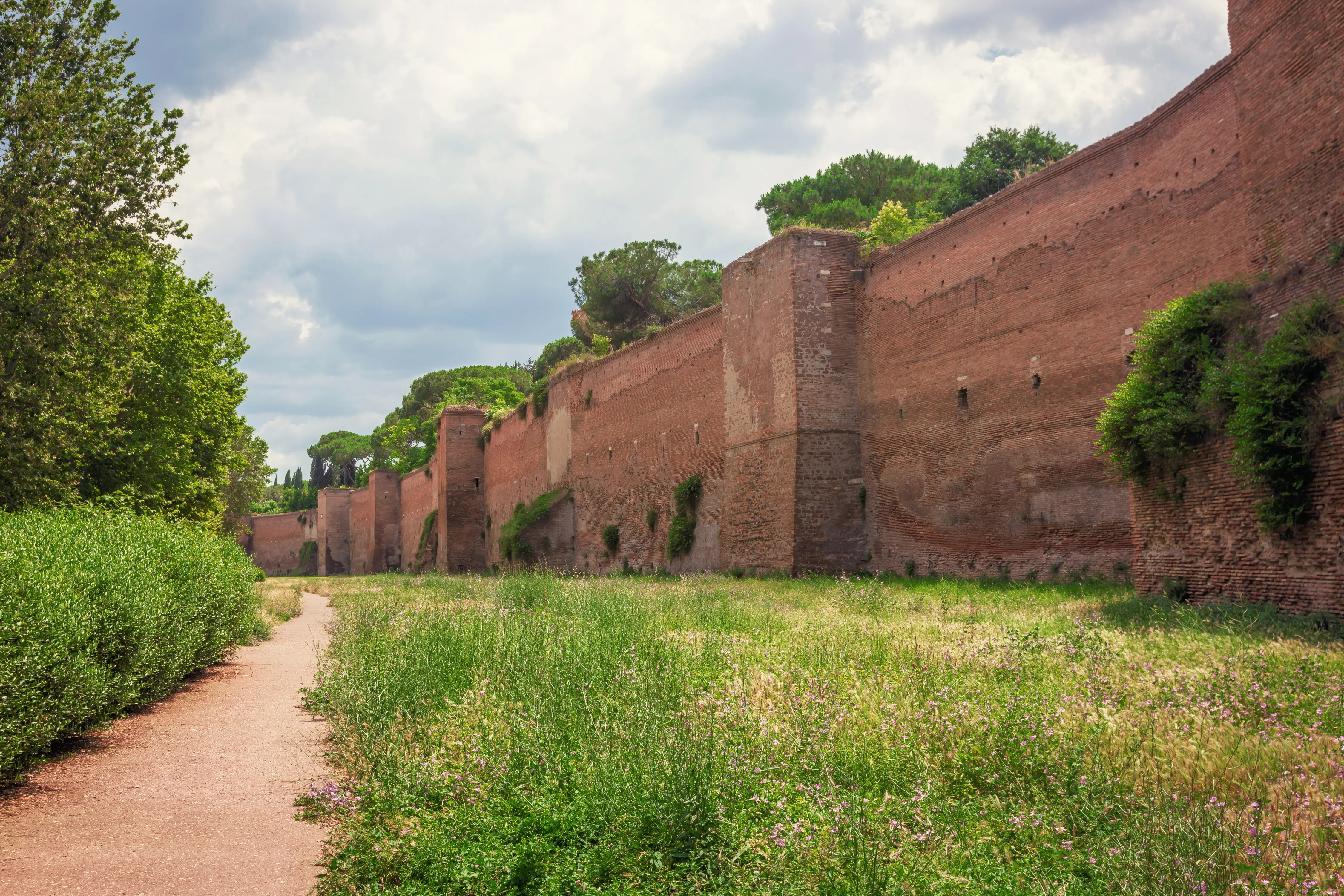
Made of brick-faced concrete and standing over 16 meters tall in places, the Aurelian Wall was reinforced and modified over centuries, including by Emperors Honorius and later medieval and Renaissance leaders.
🪨 Gates, Towers & Time Travel: Highlights to Explore
Porta San Sebastiano: Once the ceremonial start of the Via Appia, this gate is home to the Museo delle Mura, a small but fascinating museum housed within the actual walls. You can even walk along the ramparts for a one-of-a-kind perspective over the ancient road and beyond. The gate underwent significant restoration during the Fascist era under Mussolini, who saw value in Rome’s imperial past for his regime’s propaganda.
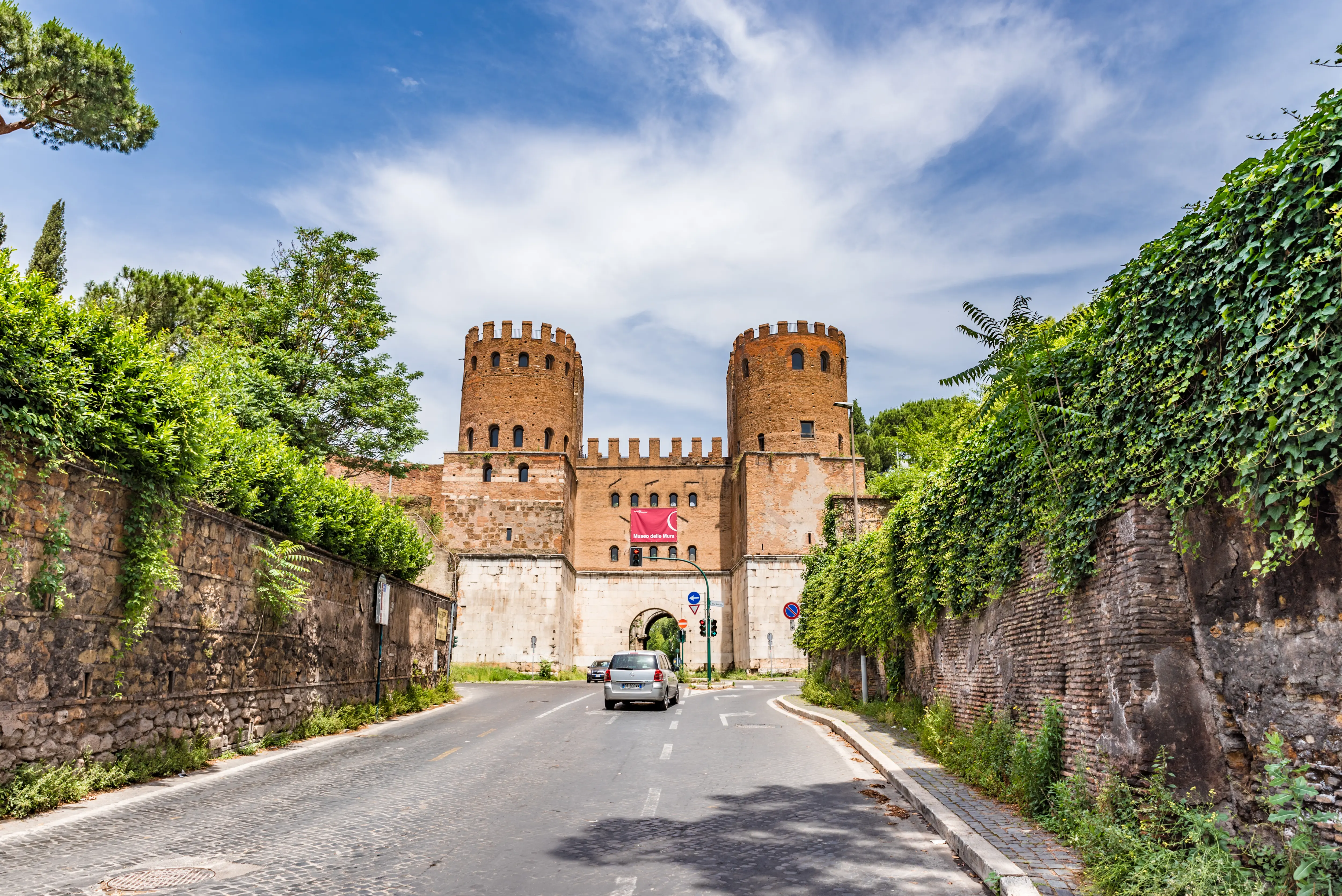
Porta Maggiore: A striking intersection of aqueducts and defensive structures, this spot blends engineering brilliance with visual drama. You’ll see how water, roads, and walls all converged in Roman design. Don’t miss the double arches and inscriptions dedicated to emperors.
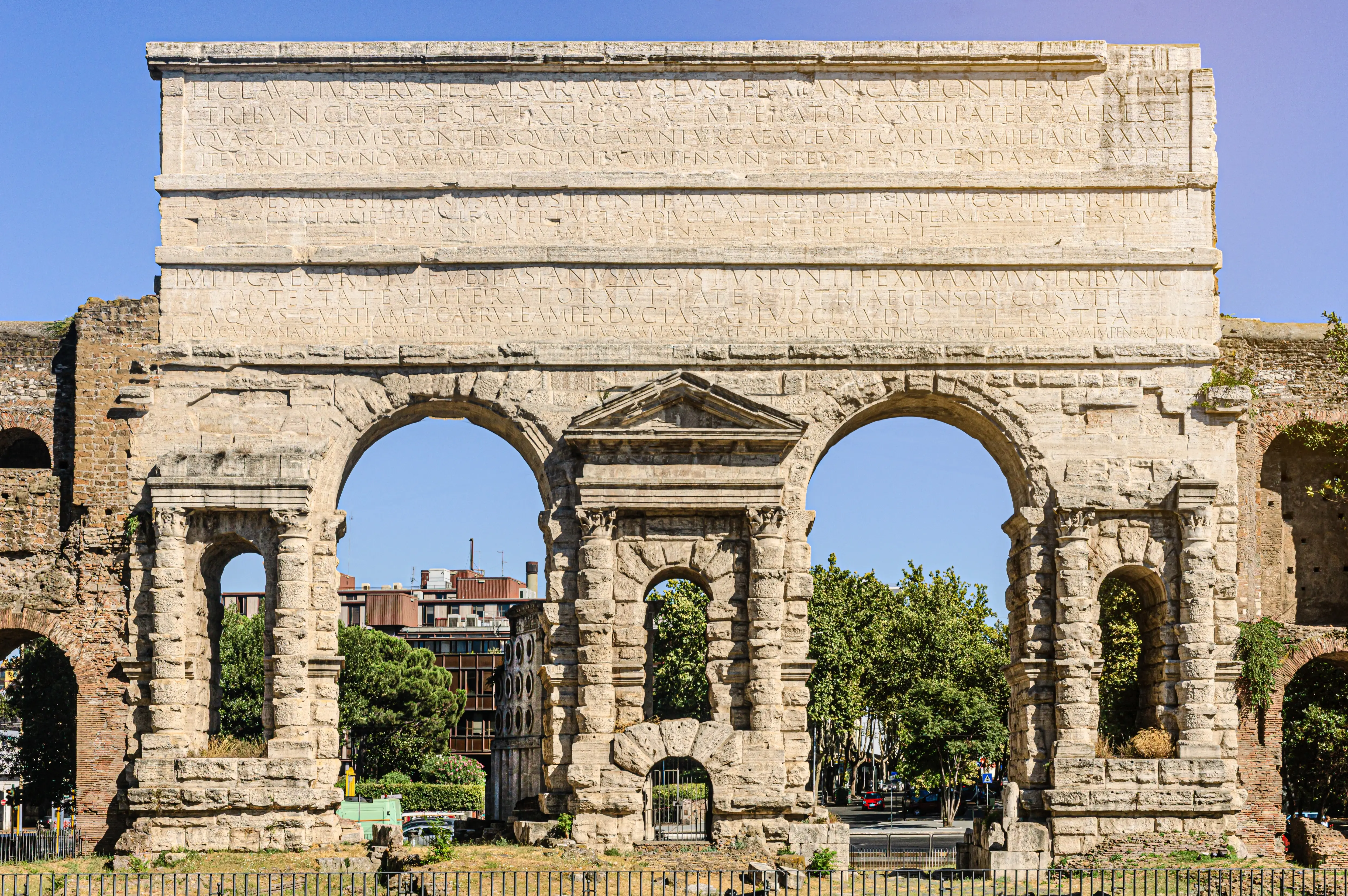
Muro Torto: This warped section of wall near the Borghese Gardens hugs the curve of the Pincian Hill. Long considered unstable and “crooked,” it’s now an iconic slice of Rome’s forgotten defenses. Bonus? It makes for a dreamy stroll before or after visiting Piazza del Popolo and offers an unexpected moment of solitude just minutes from the city bustle.
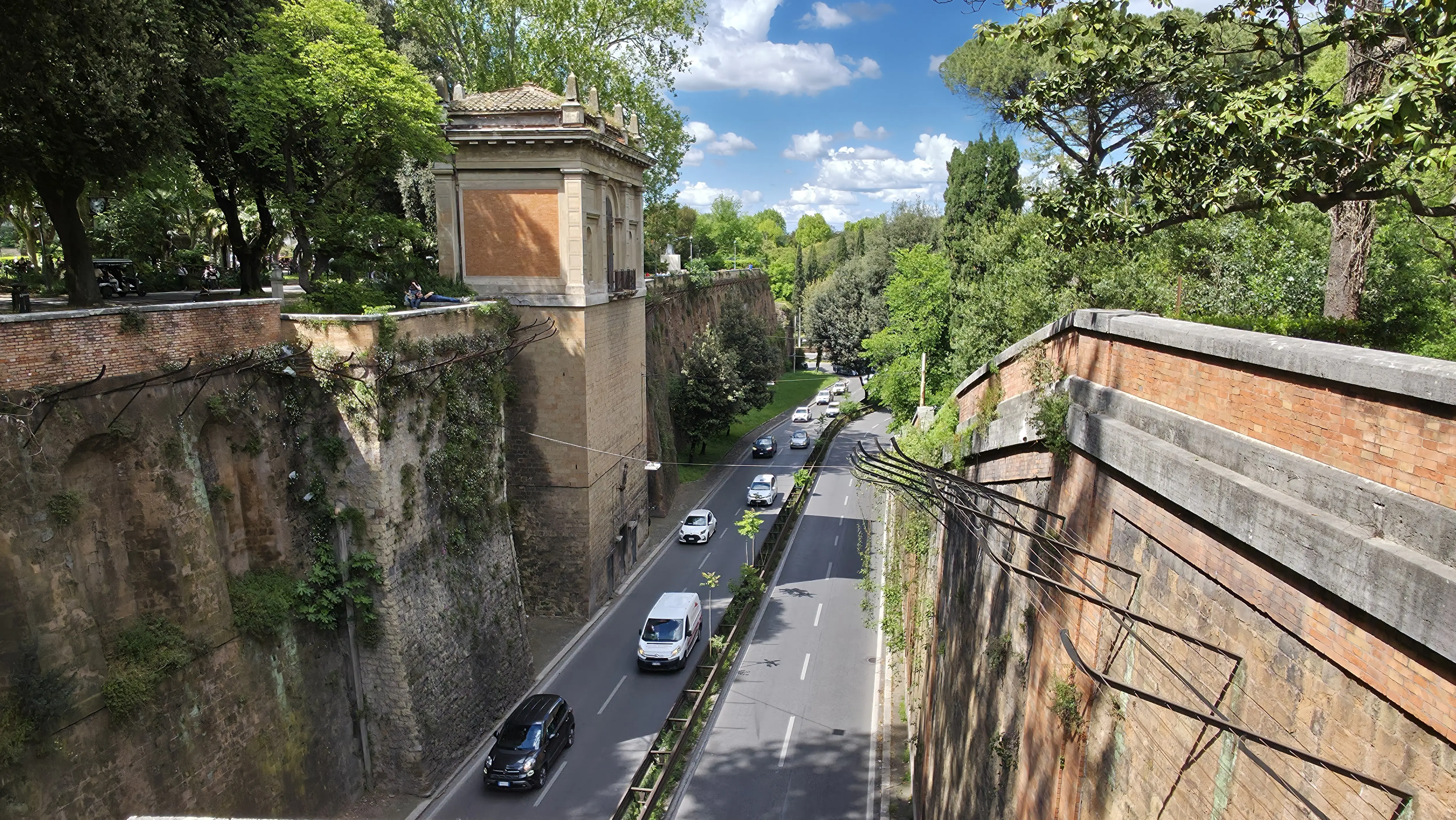
Piramide Cestia (Pyramid of Cestius) and Porta San Paolo: Where an ancient Egyptian-style pyramid meets a mighty Roman gate. This corner of Rome is surreal, historical, and Instagram gold. The contrast between a 1st-century BC funerary monument and a 3rd-century CE fortress speaks to Rome’s eclectic layers built across centuries.
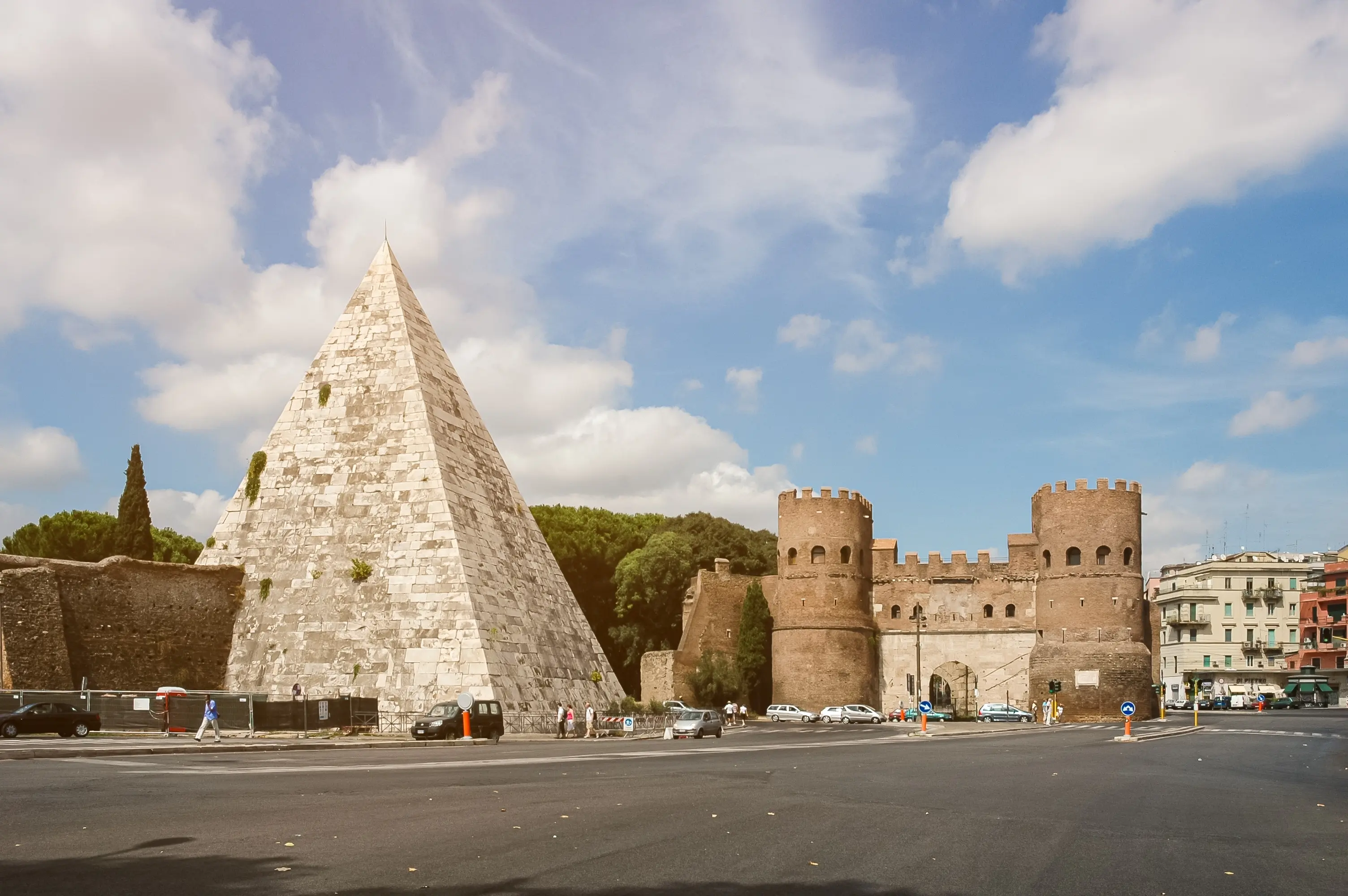
🌿 Why These Walls Still Matter
The Roman walls tell us that even the mightiest empires worried about outsiders. They show how geography, architecture, and fear shaped cities, and how power always needed to protect itself. But today, these once-imposing defenses feel strangely welcoming. Locals jog past them, morning traffic zooms through their gates, and ivy softens their rugged outlines. The boundaries of the past have become the scenery of everyday life.
There’s beauty in that. These walls, once built to divide, now invite you to reflect. They are touchstones of endurance, a reminder that Rome’s greatness wasn’t just in its temples and forums, but also in the lines it drew, the limits it tested, and the ingenuity of those who built to last. In a modern world that sometimes forgets its past, the Roman walls whisper stories of resilience, purpose, and legacy.
📸 Practical Tips for Wall Wanderers
- Best Places to See Them: Porta San Sebastiano, Porta Maggiore, the Muro Torto, and the section near Piazza Fiume.
- Photo Tips: Golden hour casts dreamy shadows; wide angles capture the scale. Use city gates as framing devices.
- Museo delle Mura: Entry is free, and walking the ramparts is a hidden gem experience.
- Combine With Nearby Attractions: Borghese Gardens, Baths of Caracalla, or a walk along the Appian Way.
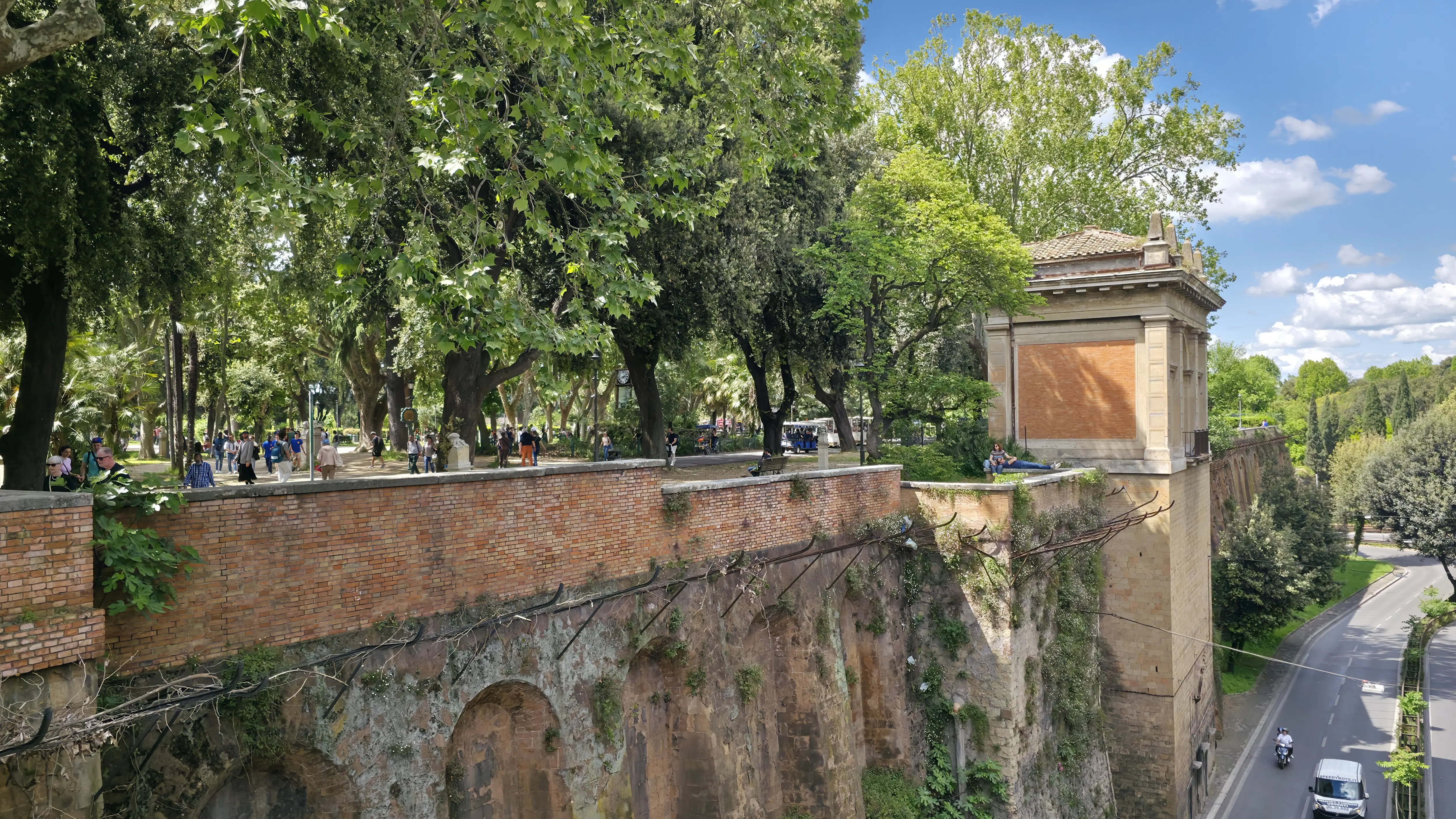
Final Reflections
Rome’s walls may no longer define the city, but they still shape its spirit. In a city bursting with grandeur, they remind us that strength can also be quiet, found in the lines of brick, the arch of a gate, the stillness of centuries.
For us bubbly travelers, it’s a chance to pause and marvel at how the edges of Rome still tell its story. The walls may no longer keep anything out, but they still hold something in: a heartbeat, a whisper, a lesson in resilience.
And when you walk alongside them – not just past, but with attention – you feel that Rome is not just a city of sights, but a city of endurance. A city that remembers.
xoxo,
Bubbly✨

